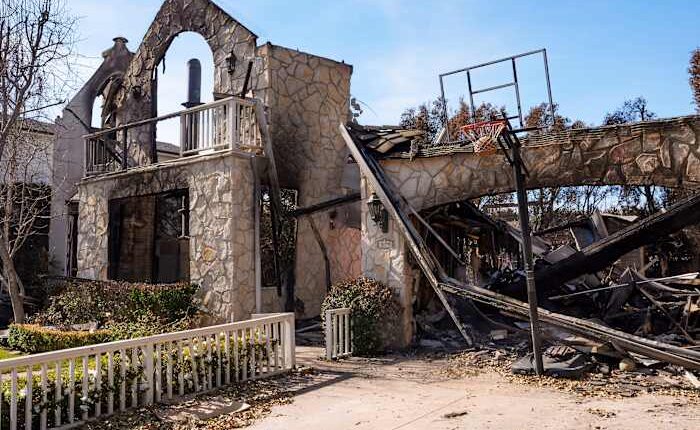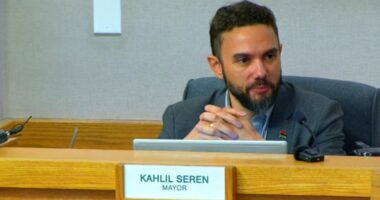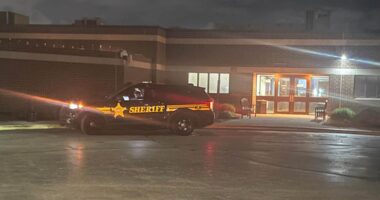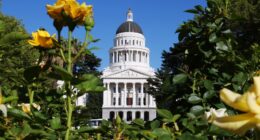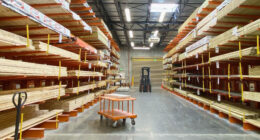
After a period of windy and dry conditions, Southern California has finally seen some much-needed rain. The rainfall is expected to help firefighters who are working on containing multiple wildfires in the region. However, the rain may also bring new challenges, such as toxic ash runoff, especially if heavy downpours occur on the charred hillsides.
Los Angeles County crews have been actively involved in tasks such as removing vegetation, stabilizing slopes, and reinforcing roads in areas affected by the Palisades and Eaton fires. These fires, which started during strong winds on Jan. 7, caused widespread destruction, turning entire neighborhoods into rubble and ash.
The weather forecast predicts that most parts of the region will receive approximately an inch (around 2.5 centimeters) of rainfall over the next few days. Despite this positive development, the National Weather Service has issued a warning about the potential risks of localized heavy rain causing mudflows and debris to flow down hills. It is essential to be prepared for any worst-case scenarios that may arise.
“So the problem would be if one of those showers happens to park itself over a burn area,” weather service meteorologist Carol Smith said. “That could be enough to create debris flows.”
Rainfall that began late Saturday was expected to increase Sunday and possibly last into early Tuesday, forecasters said. Flood watches were issued for some burn areas, while snow was likely in the mountains.
Los Angeles Mayor Karen Bass issued an executive order last week to expedite cleanup efforts and mitigate the environmental impacts of fire-related pollutants. LA County supervisors also approved an emergency motion to install flood-control infrastructure and expedite and remove sediment in fire-impacted areas.
Fire crews filled sandbags for communities, while county workers installed barriers and cleared drainage pipes and basins.
Officials cautioned that ash in recent burn zones was a toxic mix of incinerated cars, electronics, batteries, building materials, paints, furniture and other household items. It contains pesticides, asbestos, plastics and lead. Residents were urged to wear protective gear while cleaning up.
Concerns about post-fire debris flows have been especially high since 2018, when the town of Montecito, up the coast from LA, was ravaged by mudslides after a downpour hit mountain slopes burned bare by a huge blaze. Hundreds of homes were damaged and 23 people died.
While the impending wet weather ended weeks of dangerous gusts and reduced humidity, several wildfires were still burning Saturday across Southern California. Those included the Palisades and Eaton fires, which killed at least 28 people and destroyed more than 14,000 structures. Containment of the Palisades Fire reached 81% on Saturday and the Eaton Fire was 95% contained.
In northern Los Angeles County, firefighters made significant progress against the Hughes Fire, which prompted evacuations for tens of thousands of people when it erupted on Wednesday in mountains near Lake Castaic.
In San Diego County, there was still little containment of the Border 2 Fire as it burned through a remote area of the Otay Mountain Wilderness near the U.S.-Mexico border.
The rain was expected to snap a near-record streak of dry weather for Southern California. Much of the region has received less than 5% of the average rainfall for this point in the water year, which began Oct. 1, the Los Angeles Times reported Saturday.
Most of Southern California is currently in “extreme drought” or “severe drought,” according to the U.S. Drought Monitor.
Copyright 2025 The Associated Press. All rights reserved. This material may not be published, broadcast, rewritten or redistributed without permission.
